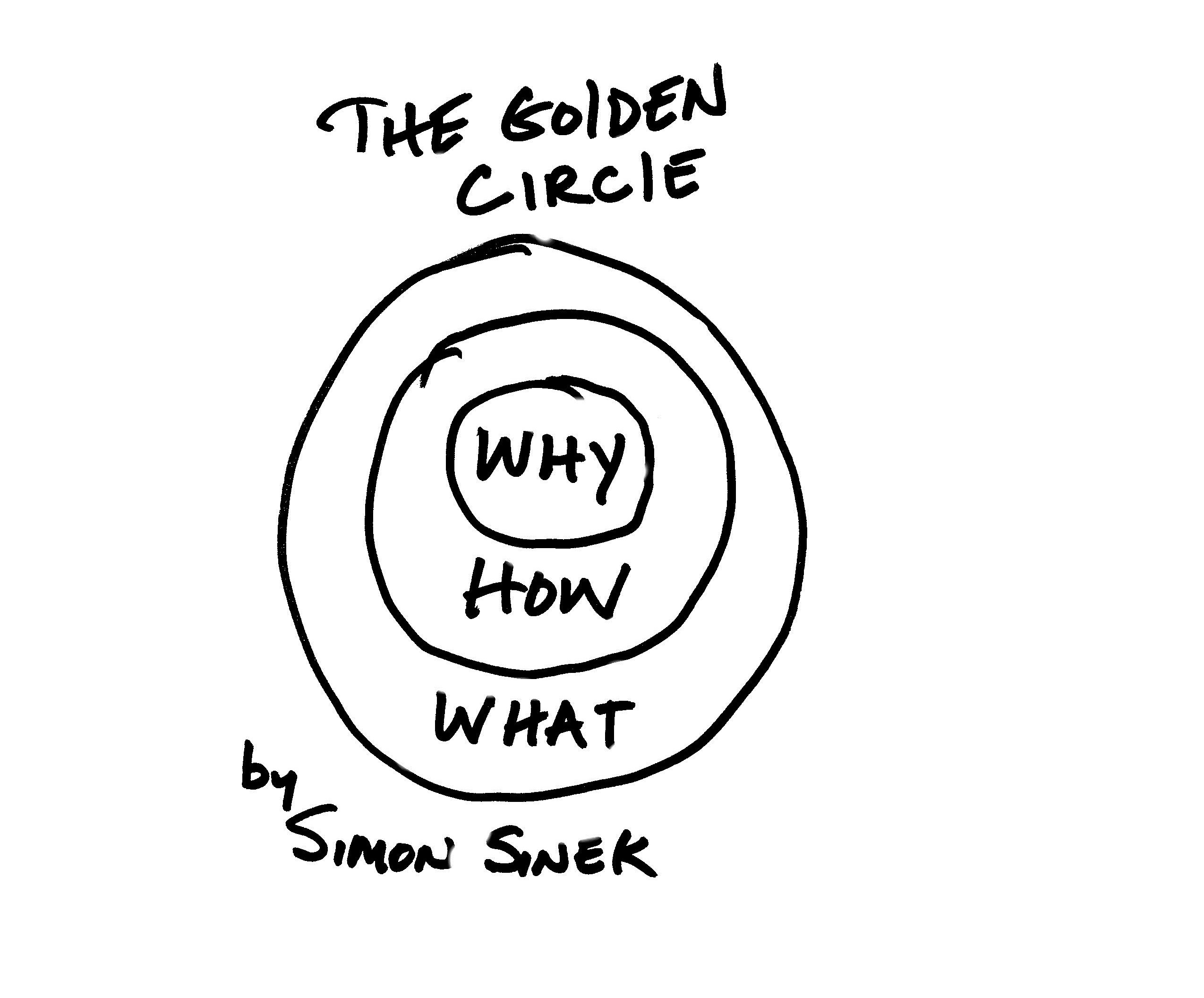I rarely meet teachers that are against doing what’s right for their students. Typically, when teachers are resistant, their experiences, beliefs and expertise are not aligned with (or there is a lack of understanding of) the desired changes in teaching and learning. This happens a lot when districts focus on “digital transformations” or other technology focused initiatives.
Too often school and district leaders purchase or adopt new tools and resources with little input from teachers. As a result, I often hear the generalization that the more experienced or veteran teachers are resistant to technology. The reality is that teachers are under a lot of pressure and stretched thinner than ever. The majority of teachers (new or veteran) are not dying to retool their lessons to use Schoology or Canvas or Kahoot or even Google Apps just because it is the latest thing adopted by the district. Typically they are moving through curriculum or a set of targeted learning objectives and are doing the best they can to make every moment counts for the students in their class and they are doing their best to meet each of their needs.
Despite the fact that we know better, many are still focusing too much on that what- technology, makerspaces, software programs etc. The focus on a digital transformation to integrate technology or specific tools is the wrong focus in my opinion. I do believe that there is a great deal of power and technology is necessary in today’s world. But we should not use new tools because we can, we should use them because they are so integral to how we interact with people, gain new knowledge, and create new things. We should use tools because they support our new vision of teaching and learning and allow for us to create new and better experiences for learners.
This point was made explicitly clear when working with a group of self described “digital immigrants” who we not convinced that technology was going to be beneficial in their classrooms. In fact, one teacher told me immediately that she wasn’t going to use technology in her class. According to these teachers, their students really needed to focus on basic skills and still were not writers, so integrating technology was not high on their priority list. I listened to their concerns and challenges and asked them how I could help since we had 2 hours together.
Based on their goals, I offered some resources to review and we agreed to collaborate on some lessons that they would be teaching shortly. We began by logging in, step by step, to their Google Apps for Education accounts set up by their district. Some had accessed the tools years ago with little success and other had been chastised for not knowing what it was so when I suggested that they log on to collaborate on the lessons, they begrudgingly searched for old passwords. Within 20 minutes, 2 of the 5 teachers were creating and sharing Google Docs. Then they began to help their colleagues who were still struggling to log in. Shortly thereafter all teachers on the team were logged in, they had created a folder, shared it and were sharing resources for the upcoming unit that they were working on. These teachers began to imagine what their kids could do and the questions came flying: How do I share with my class? Can the students do this? Another teacher experimented with a form and another with slides. The mood changed dramatically!
They were a little less afraid of Google Apps or the infamous “technology integration” and were excited to explore the possibilities in their classrooms. Taking the time to meet these teachers where they were allowed them to experience the power of these tools on their own. Once they saw the benefits there was no way they were going to keep these opportunities to learn in powerful ways from their students.
These teachers, like many others, had heard that they were getting Chromebooks and were supposed to use technology but they didn’t know why or how. They were frustrated and couldn’t see how they were going to add one more thing into their day, how they were going to learn to use new tools, and figure out how to teach with each of their students having their own devices. They were focused on the tool and the challenges without a clear understanding of the goal or benefit. Taking the time to help teachers see the benefits and understand why there is a need to change can improve learning for students and have a dramatic impact on how teachers see their roles.
Often, the focus on technology rather than learning further alienates those who are hesitant experiment with innovative practices. To encourage meaningful change in education, leaders must understand and communicate how any new change will create opportunities for powerful learning. As Simon Sinek encourages, begin with the why. If not, we run the risk of burning out teachers by adding more and more to their plates without a clear understanding of why these new approaches are important. We will also continue to waste lots of time and money on new programs and tools if we don’t help teachers understand the demand for a paradigm shift in education along with the possibilities of how our current technology can and should impact their classrooms. 
3 Learner-Centered Movements I am Excited to See Grow in 2024
Almost a quarter of a century into the 21st century, I am excited to see the awareness and,...


Thank you for this post. Very helpful information to understand and support change.